Ten Sustainable Packaging Tips
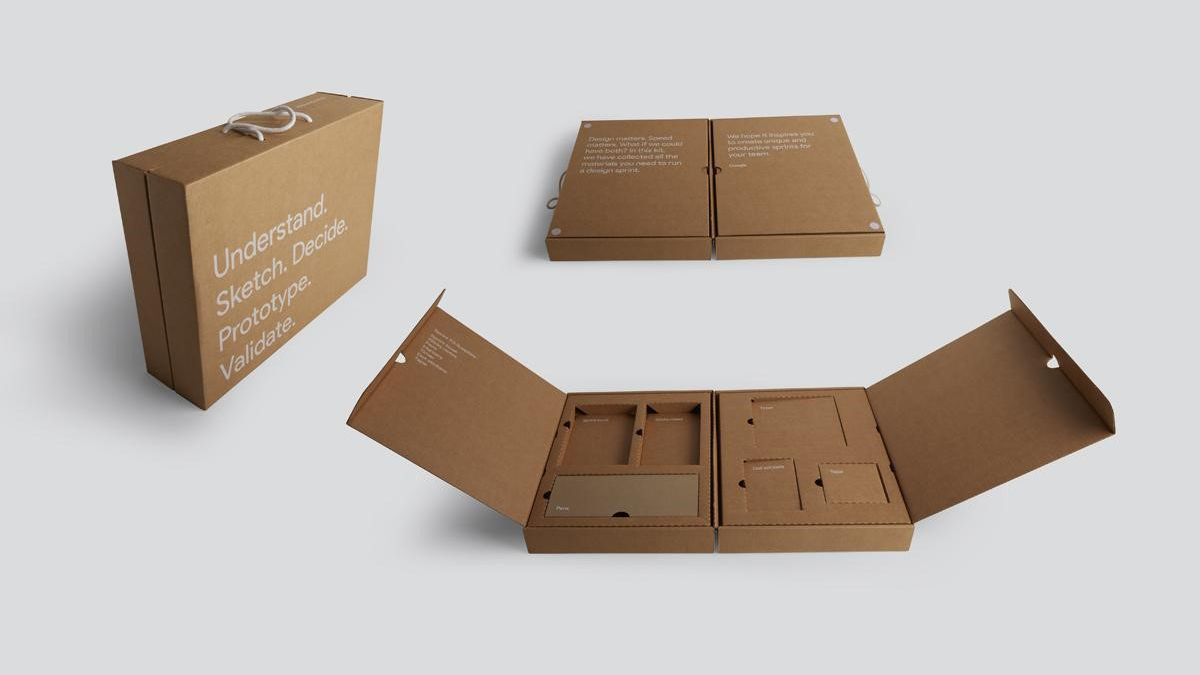
Clients frequently ask for sustainable packaging ideas for their products and marketing projects. The development of recyclable materials, combined with sustainable business practices, allows a wide range of innovative packaging solutions that have a minimal impact on our planet.
What is sustainable packaging?
These are a few of the attributes of sustainable packaging, according to the Sustainable Packaging Coalition, a membership-based collaborative:
- Is beneficial, safe, and healthy for individuals and communities throughout its life cycle
- Meets market criteria for both performance and cost
- Is sourced, manufactured, transported, and recycled using renewable energy
- Optimizes the use of renewable or recycled source materials
Visit the Sustainable Packaging Coalition website to see the full list of green packaging attributes.
Sustainable packaging approaches
Looking at the sustainable packaging work we’ve done for our clients, most can be grouped into one of these categories:
- Use materials that are curbside recyclable
- Use materials that the receiver can re-use
- Create or use fewer materials
- Eliminate or minimize production process waste
Here’s a list of 10 ways you can practice sustainable packaging.
1. Box within a box? Eliminate the outer box.
Recently, Premier Press created new student welcome kits for the University of Oregon. The kits contained a number of branded items, which were personalized with the student’s name:
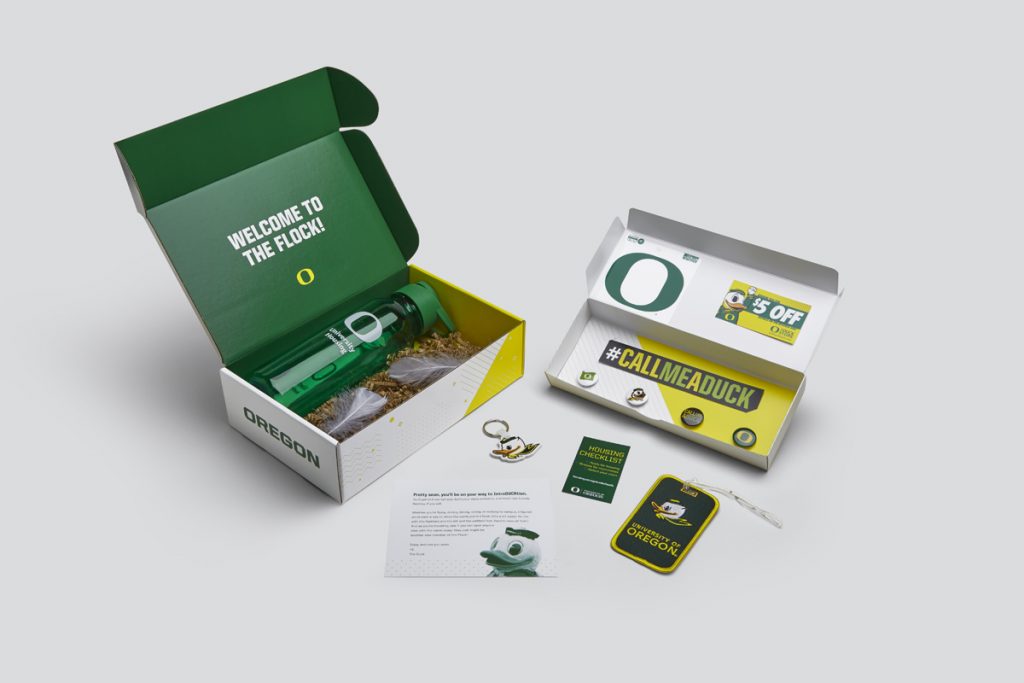
If the box holding the welcome kit materials is not sturdy enough, brands will often place it inside another box. Being more sturdy, the function of the outer box is to ensure safe transport.
In this project, Premier Press made the welcome kit sturdy enough to ship without the risk of damage. No need for an outer box! And less packaging material used:
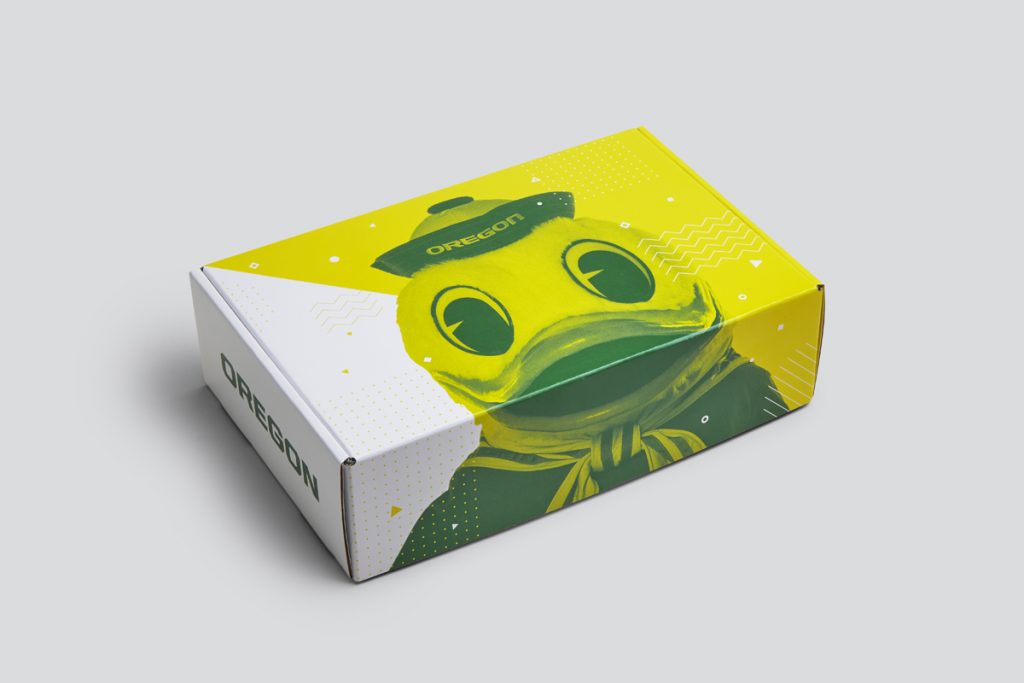
2. Use void fill paper instead of peanuts
Looking to secure fragile items inside the box? “Peanuts” are a material commonly used for this purpose. The problem is that some plastic peanuts (and worse, styrofoam peanuts) are not curbside recyclable, which means that they must be disposed of via landfill.
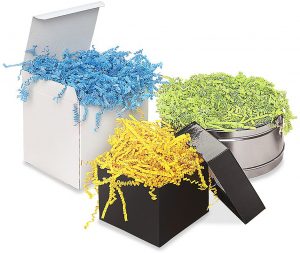
Try using void fill crinkle paper, which is curbside recyclable. Premier Press has used crinkle paper from Uline for some projects to make environmentally friendly packaging.
3. Avoid “sample waste” in influencer seeding kits
Many influencer marketing campaigns involve sending influencers an array of product samples in a seeding kit to test and try out. If influencers try only 10% of the samples, that means that 90% of the influencer package was wasted.
This happens a lot with “beauty influencers,” where samples of eye shadow, eyeliner, and mascara may never be used due to preference, skin color match, or other factors. One solution to this challenge is to send customized packages that incent the influencer to try a higher percentage of the samples. Another idea is to provide options for the influencer to return or donate the unused samples.
In some of the influencer campaigns they manage for clients, Premier Press asks influencers to select colors of beauty products they’d like to sample. They are then sent the selected colors, with a few additional selections the company wants to highlight.
4. Avoid acrylic for securing items
Acrylic is a transparent plastic that is frequently used to secure items within the packaging because it’s easy to fabricate. Acrylic is not recycled easily, however, and often cannot be curbside recycled.
Instead, use corrugated cardboard or other recyclable materials to secure items inside the packaging. Here are examples created by Premier Press where the packaging elements are 100% curbside recyclable:
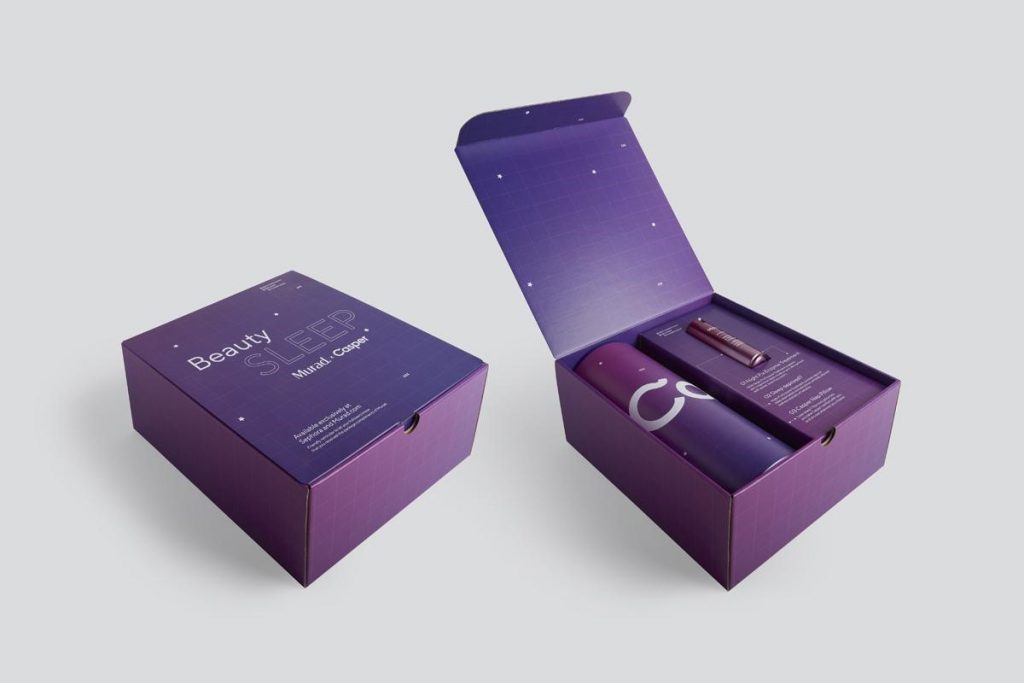
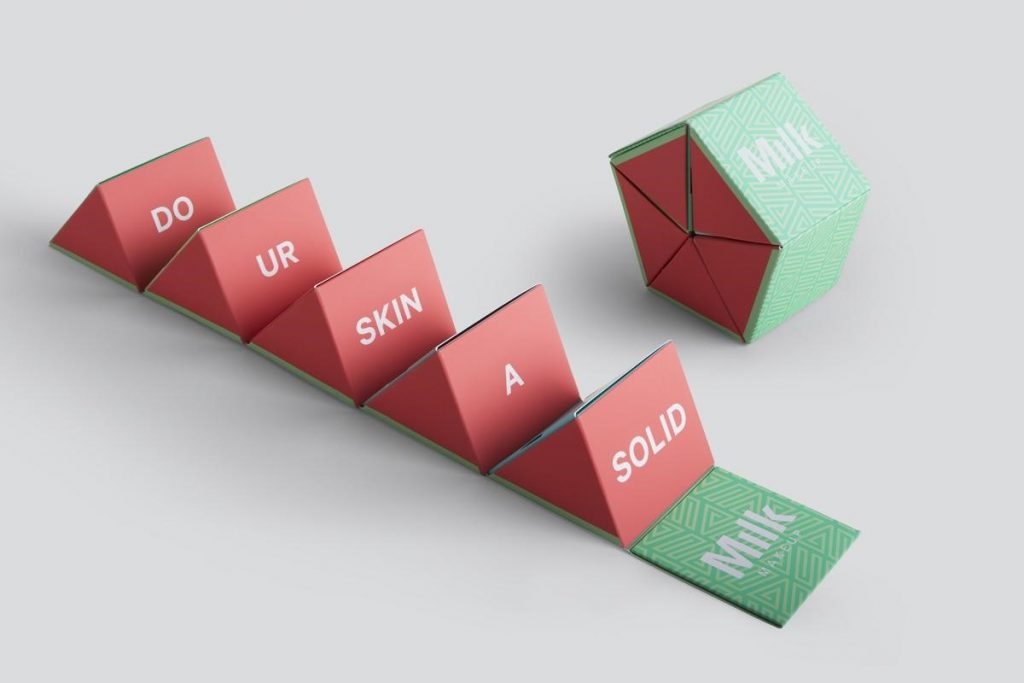
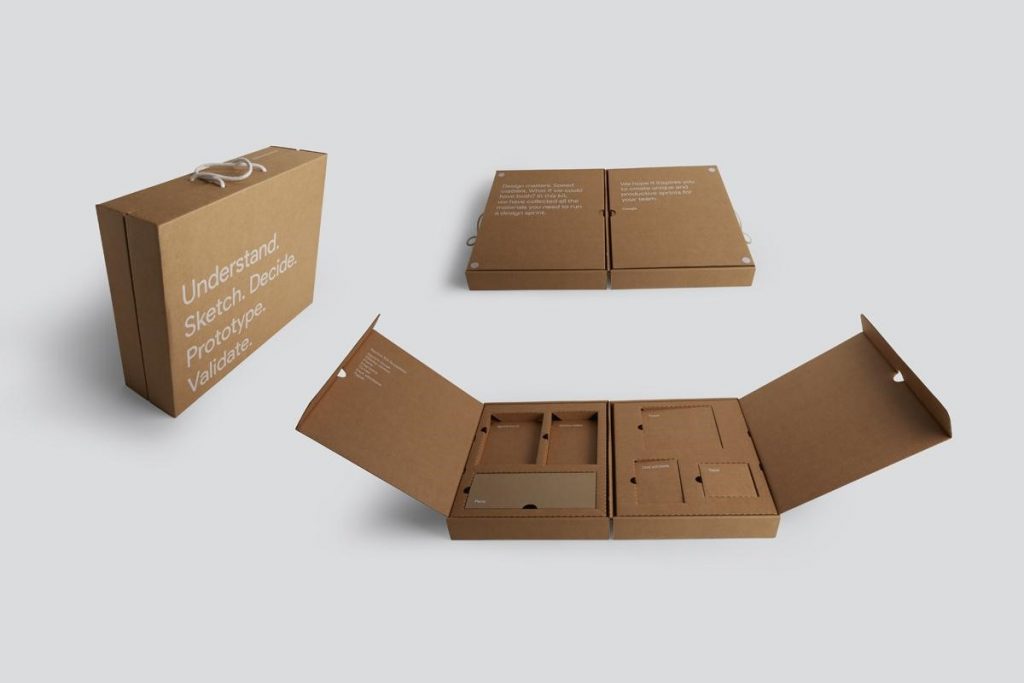
5. Select green packaging elements that the consumer can re-use
Let’s think outside the box, shall we?
What if we were to use packaging elements that consumers can use in their everyday lives? On one Premier Press project, the client placed shipped items inside a branded tote bag. The bag became a reusable item that consumers then used for shopping or for transporting items from place to place!
6. Use laminates that are curbside recyclable
In general, the laminate film that adheres to paper is not curbside recyclable. The paper must be separated from the laminate in order for the paper to be recyclable. With most laminate, however, this is hard to do.
Check with your provider of laminating films and equipment. According to one Premier Press partner, 1.5 mil laminate is curbside recyclable. In addition, a company called NoW Technology has created laminated papers that it claims are recyclable and sustainable.
7. If you must use plastic, ensure it’s curbside recyclable
China has created ripple effects throughout the world of recycling as it is no longer accepting the world’s plastic.
Premier Press’ recycling partners now only accept clear and transparent plastics for recycling. All other types of plastic are not accepted. If you must use plastic in your packaging, do research to determine which types of plastics have a higher likelihood of acceptance by curbside recycling companies.
8. Use printing equipment that creates less waste
According to Premier Press’ Feryn, conventional offset printers can produce a lot of waste. For example, offset printing presses typically require printing up to 400 sheets in order to get up to the correct color. If a customer’s order is for 400 sheets, the result is 50% paper waste.
Newer technologies, such as digital offset and inkjet printers and wide-format printers, do not require set-up sheets. These digital technologies provide offset quality printing with zero set-up waste. With a digital press, a 400-sheet order requires zero set-up sheets.
9. Choose partners and providers who practice sustainability
Shipping a package comprises an entire supply chain, so there’s more to sustainability than the packaging itself. Find partners in the supply chain with comprehensive sustainability practices.
For instance, Premier Press is documented and audited as a sustainable printing company and operates as a 100% wind-powered business. Premier Press was certified as the West Coast’s first Full-Service Printer by the Sustainable Green Partnership (SGP) and uses low environmental impact materials for maximum recycling and recovery.
According to Chris Feryn, President, Premier Press, “As an avid hiker and backpacker, I’m passionate about protecting the environment. At Premier Press, our goal is to be a forerunner in the battle for true sustainability. We look for partners who share the same commitment to the environment. I’m happy to see the growing interest from our customers in sustainable packaging.”
10. Create a sustainable packaging initiative in your industry
Spearhead sustainability initiatives by leading the way in your industry.
SPICE is an initiative that aims to shape the future of sustainable packaging in the cosmetics industry. SPICE stands for Sustainable Packaging Initiative for Cosmetics and was co-founded in 2018 by L’Oreal and Quantis, an environmental sustainability consulting firm.
According to the press release announcing its creation, “The initiative now counts 11 current members, including cosmetics companies such as L’Oréal, Clarins Group, Coty Inc., LVMH or Shiseido, who will work together to develop and publish business-oriented methodologies and data to improve the environmental performance of the entire packaging value chain.” Learn more at the SPICE website.
Using sustainable packaging in your project does not limit you to a boring cardboard box. New materials and design innovation allow you to create product packaging, influencer marketing product seeding kits, and virtual event kits that draw attention while reflecting your brand’s values.